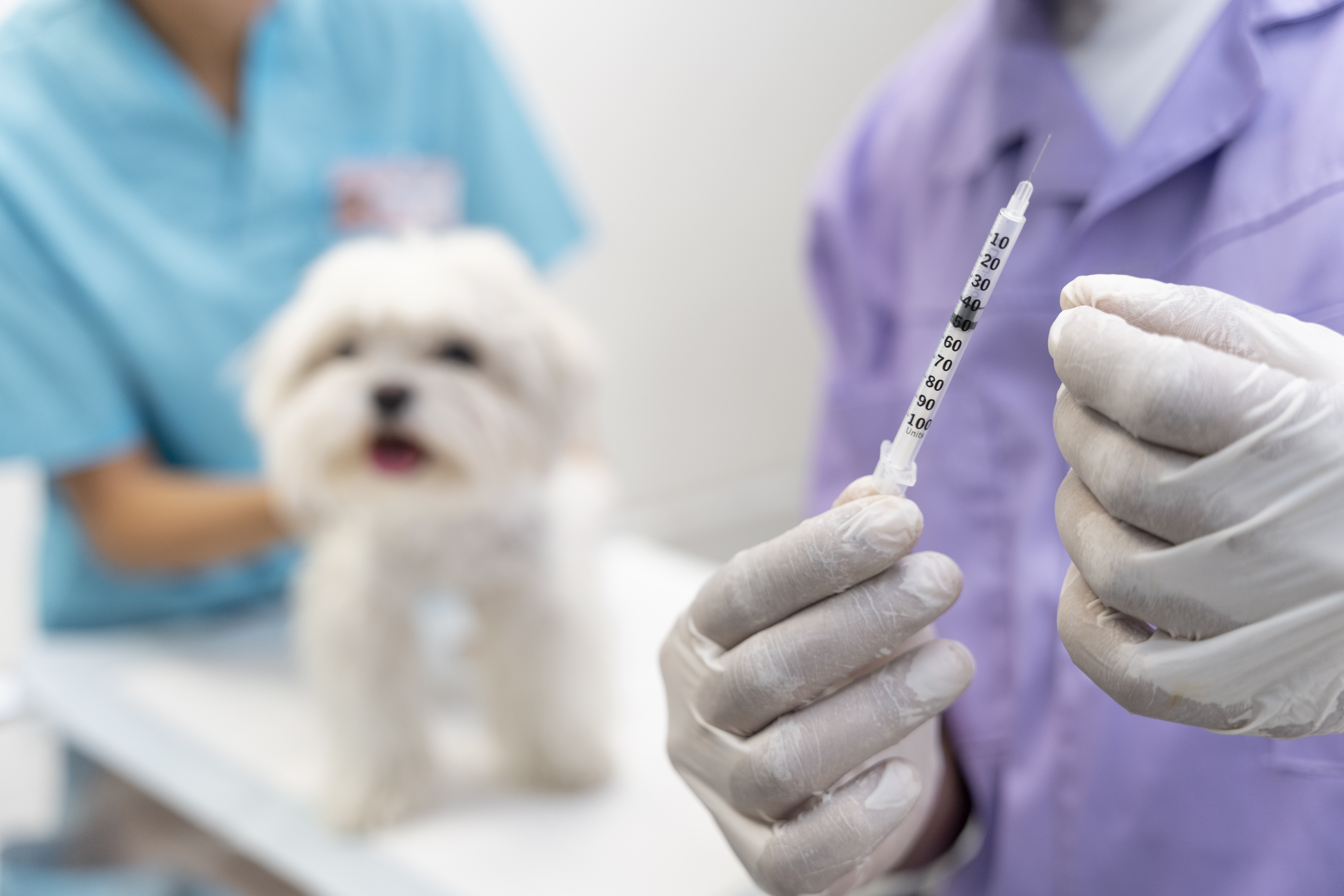Dog Vaccination Schedule: What Every Owner Should Know

Strong 8k brings an ultra-HD IPTV experience to your living room and your pocket.
Introduction
Getting a new puppy is exciting—but it also comes with responsibilities. One of the most critical things you can do as a dog owner is to follow a proper puppy vaccination chart. Vaccines not only protect your pup from deadly diseases but also keep other pets and even people safe. Think of them as your dog’s armor in the world of germs and viruses.
What Are Dog Vaccines?
Dog vaccines work similarly to human ones—they help your dog’s immune system recognize and fight off harmful diseases. They usually come in two categories:
Core Vaccines: Recommended for all dogs, regardless of lifestyle.
Non-Core Vaccines: Optional, depending on your dog’s environment and exposure risk.
Knowing the difference helps you make better decisions with your vet.
Why Puppy Vaccinations Are Crucial
Puppies are vulnerable. Their immune systems are still developing, making them easy targets for viruses like parvo or distemper. A well-timed dog vaccine timeline builds up their immunity so they can grow into strong, healthy adults.
Understanding the Puppy Vaccination Chart
A puppy vaccination chart is a schedule that shows exactly when your pup should receive certain shots. It usually spans the first few months of life and includes booster doses to ensure strong immunity.
Think of it as a checklist for your dog’s health—one that you definitely want to stick to.
Core Vaccines for Puppies
These vaccines are considered essential for every dog:
Canine Distemper: A highly contagious virus that affects the respiratory, gastrointestinal, and nervous systems.
Parvovirus: Causes severe vomiting, diarrhea, and dehydration. Often fatal if untreated.
Adenovirus (Hepatitis): Affects the liver and other organs.
Rabies: Fatal and transmissible to humans. Legally required in most regions.
Non-Core Vaccines for Puppies
Depending on where you live and your dog’s lifestyle, your vet may recommend:
Bordetella: Common cause of kennel cough; required for boarding or dog parks.
Leptospirosis: Spread through water; a serious bacterial infection.
Lyme Disease: Spread by ticks; important in wooded or grassy areas.
Canine Influenza: The doggy version of the flu.
Puppy Vaccination Chart (Week-by-Week Breakdown)
Let’s break it down into an easy-to-follow timeline:
6-8 Weeks
Vaccines: Distemper, Parvovirus (sometimes included in a combo shot)
Optional: Bordetella (if exposure is likely)
Note: This is usually the first vet visit.
10-12 Weeks
Vaccines: Second round of Distemper and Parvovirus, plus Adenovirus
Optional: Leptospirosis, Lyme, or Canine Influenza (based on risk)
14-16 Weeks
Vaccines: Final puppy boosters and Rabies shot
Note: Rabies is usually given once and lasts a year or more
6 Months – 1 Year
Vaccines: Booster doses for all core vaccines
Optional: Non-core boosters based on lifestyle
Dog Vaccine Timeline: Adult Dogs
Vaccinations don’t stop in puppyhood. Adult dogs need regular boosters to stay protected:
Every 1–3 Years: Distemper, Parvo, Adenovirus, and Rabies (depending on local laws and vaccine type)
Annually or As Needed: Bordetella, Leptospirosis, Lyme, and Influenza
Work with your vet to customize a timeline that fits your dog’s lifestyle and exposure risk.
What Happens If You Miss a Vaccination?
Life happens. If you miss a vaccine appointment:
Don’t panic, but act quickly.
Your vet may recommend restarting the series or giving a booster.
The longer you wait, the more vulnerable your pup becomes.
Pro tip: Set reminders in your calendar to keep track.
How Much Do Dog Vaccinations Cost?
Here’s a ballpark of what you can expect in terms of pricing (varies by region and provider):
Puppy shots package: $75–$200 for the first series
Individual vaccines: $15–$30 each
Rabies: Often required and can cost around $10–$20
Low-cost clinics and shelters: May offer discounted rates or vaccine days
Always ask your vet for a breakdown of costs.
Vaccination Tips for New Dog Owners
Keep a folder: Track all vaccinations, due dates, and certificates.
Ask questions: Don’t hesitate to consult your vet if unsure.
Start early: The earlier you begin the schedule, the better the protection.
Don’t skip boosters: They’re crucial for long-term immunity.
FAQs About Puppy Vaccines
1. What is the ideal age to start puppy vaccinations?
Most puppies start between 6–8 weeks of age.
2. How many vaccines does a puppy need?
Usually, 3–4 rounds of core vaccines plus optional non-core shots based on lifestyle.
3. Are puppy shots really necessary?
Yes. Skipping them can leave your puppy vulnerable to fatal diseases.
4. Can I vaccinate my puppy at home?
While possible, it’s safer to let a licensed vet handle vaccinations and monitor for reactions.
5. What if my puppy has a reaction to a vaccine?
Mild symptoms (lethargy, low fever) are normal. Severe reactions are rare but should be reported to your vet immediately.
Conclusion
Staying on top of your dog’s vaccine schedule is one of the best things you can do for their health. The puppy vaccination chart acts as your guide through the critical early months and sets the foundation for a lifetime of protection. Work closely at BiakWe with your vet, stick to the dog vaccine timeline, and you’ll give your furry friend the best possible start.
Please don’t forget to leave a review.
Note: IndiBlogHub features both user-submitted and editorial content. We do not verify third-party contributions. Read our Disclaimer and Privacy Policyfor details.







